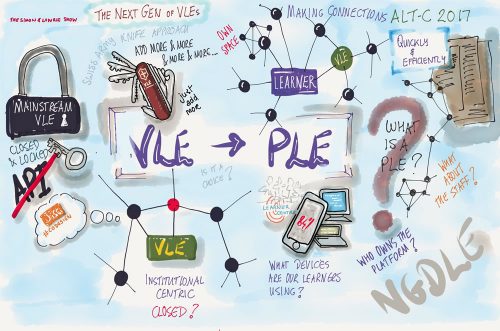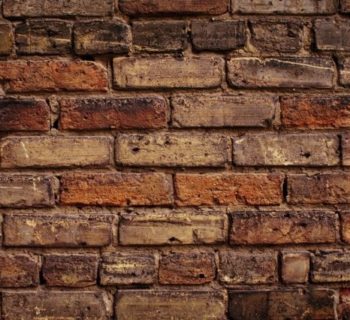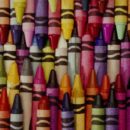
It has been a bit busy lately. I seem to be writing one report after another. Anyway I got asked ages ago if a I would make a contribution on Personal Learning Environments for a book to be published in Portugal. I couldn't resist but of course didn't get my act together until one week past the final deadline. But then, reading the instructions, I forgot that what I had been invited to contribute was a short concept paper. Instead I wrote and activity sheet. Never mind. Here is the activity and you can have the concept piece tomorrow.
Title: Exploring my Personal Learning Environment
Objective
The objective of this activity is for participants to explore their own Personal Learning Environment and to reflect on how they learn.
Participants are encouraged to consider:
- The different contexts in which they learn
- The people from whom they learn – their Personal Learning network
- The ways they use technology in their learning
- The objects which support their learning
- The links between what they learn and how they use this learning in their practice
- The reasons they participate in learning activities
- What inspires them to reflect on learning in their everyday life
- How they record their learning, who they share that learning with and why?
Target audience
The main target audience is adults. This includes those in full or part time education, those working or those presently unemployed.
Activity time
The activity can be customised according to available time. It could be undertaken in and hour but could also be extended as part of a half day workshop.
Required features
Flexible space for people to work together and to draw posters. Large sheets of flipchart paper. A flipchart. Felt tip pens. A smartphone camera to record the results.
Schematic sequence of steps for activity
- An introduction from the facilitator to the idea of Personal Learning Environments, followed by a short discussion.
- An introduction to the activity to be undertaken.
- Working individually participants draw a view of their own Personal Learning Environments, including institutions, people, social networks and objects from which they learn.
- Short presentations of the posters by participants and questions by colleagues.
- Discussion and reflections on the outcomes.
Detailed description of steps - up to 800 characters including spaces
The introduction is critical in setting the context for the activity. Many people will conflate learning with formal education: the introduction needs to make clear we are thinking about all kinds of learning and all of the contexts in which learning takes place.
There needs to be no prescription on how they choose to illustrate their PLE. Some may draw elaborate pictures or diagrammes, others may produce a more traditional list or tree diagramme. In one workshop a participant chose to ‘play his PLE’ on a piano! A variety of different presentations enriches the activity.
While drawing the PLE is is an individual activity it is helpful if the working space encourages conversation and co-refection during the activity.
In my experience, most participants are eager to explain their posters – however this can be time consuming. Sometimes I have introduced voting for the best poster – with a small prize.
The final refection and discussion is perhaps the most important part of the activity in drawing out understandings on how we learn and how we can further develop our PLEs.








